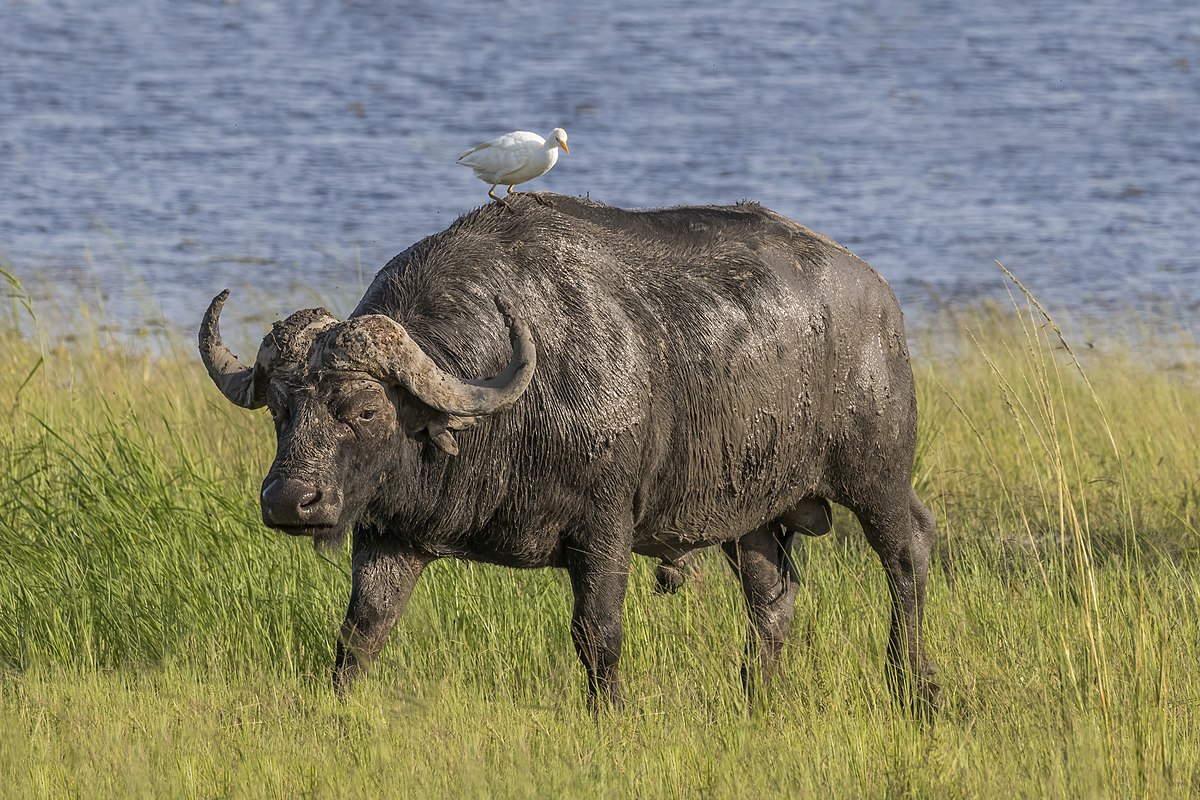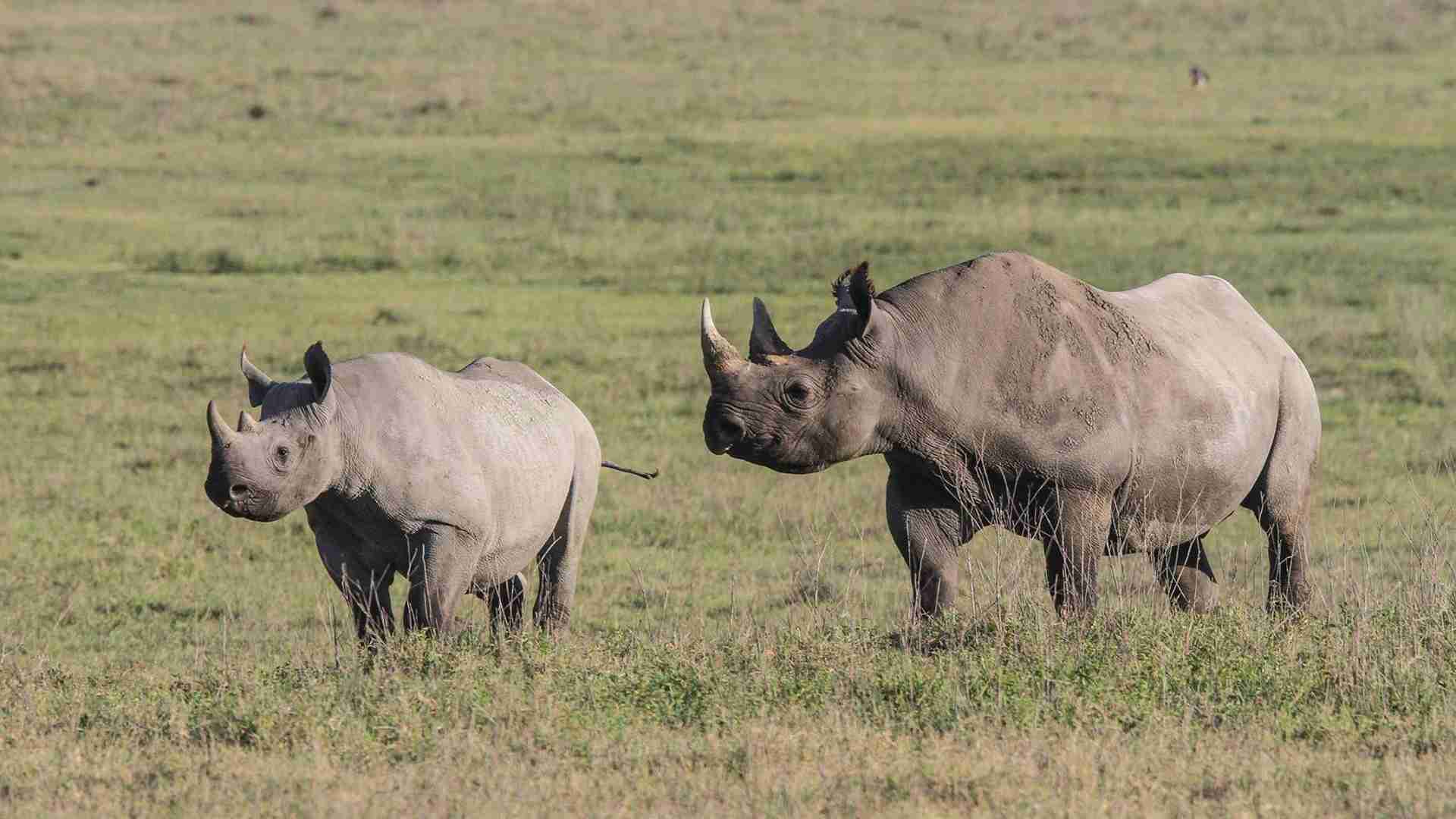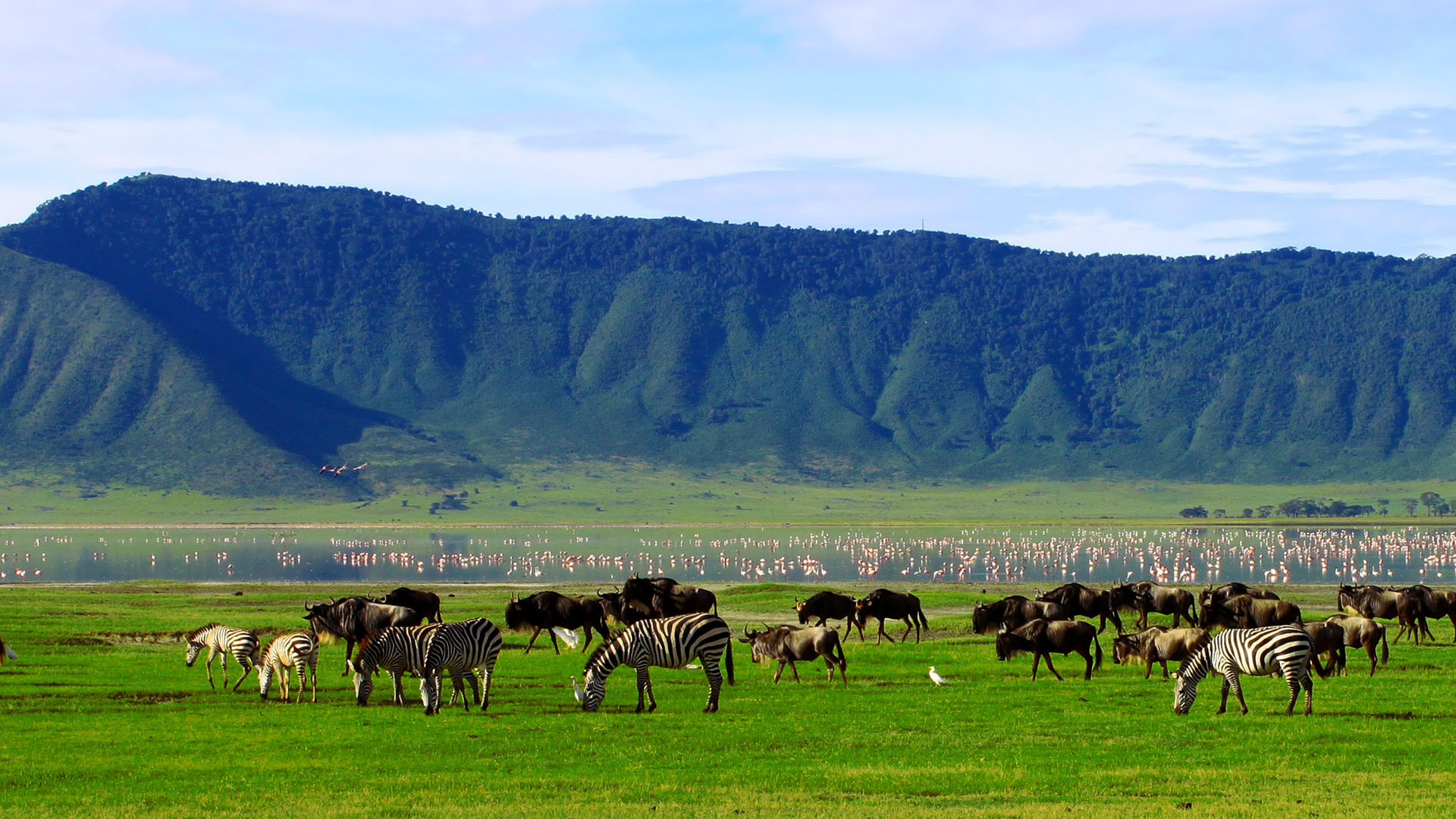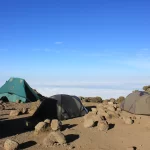If you are planning a safari to Africa then you will no doubt be keen to find the Big Five. Made up of the lion, the leopard, the elephant, the rhino and the buffalo.
These animals are called the Big Five not because of their size, but mostly because of the danger they pose, and how difficult they are to hunt. They were the most sought-after animals during hunts in the past, but thanks to increasing regulations, hunting has tremendously decreased, and it’s becoming much easier to find the Big 5 while visiting Africa.
Those who come seeking the Big 5 need not be disappointed, as there are many places in the country where you can watch these animals in their natural habitats. Many safaris focus on seeking these animals- and these are the ones you should watch out for.
African Lion
An alpha male lion lazes under the sun with two lionesses. There are around 16,000 lions in Tanzania. They are the apex predators, and their daily lives are quite fascinating for animal lovers. African lions are social animals and they live together in a pride. Each pride has about 3 male lions, 6-12 female lionesses, and the lion cubs.
Usually, the lionesses are the ones that go hunting, and feed the cubs. Male lions usually occupy and mark territory of their own, after conquering the apex alpha males that lives in the area.
Where to see them: In Tanzania, you can see the lions in Serengeti National Park, Mikumi National Park, Ngorongoro Crater, Lake Manyara National Park and Ruaha National Park.
Best time to see them: January – December.

African Leopard
An African Leopard is seen strolling somewhere in Africa. The African leopard is a rather elusive creature- if you manage to view one when you are in Tanzania, you should definitely consider yourself to be lucky. The leopard is the smallest of the big cats of the Serengeti. They are solitary animals, which are fond of hunting at nighttime. If you go on a nighttime safari, you might even be able to see them on the prowl. During the daytime, make sure you check the surrounding trees – leopards always use select trees as their bed and dining table (as they draw their hunt to the top of the trees, to prevent scavengers and other animals from getting them).
Where to see them: Leopards are best spotted in Serengeti National Park,Mikumi National Park,Ngorongoro Crater, and Ruaha National Park
Best time to see them: February – March, June – December.

African Elephant
A herd of elephants – one of the big five, pass by a pond. African elephants are the largest land animals on the planet,you will definitely be stunned by their size when you finally get to see them. They are far larger than their Asian counterparts, and have distinctively larger ears that set them apart.
Where to see them: African elephants can be seen at the Serengeti National Park, Mikumi National Park, Ngorongoro Crater, Tarangire National Park, Ruaha National Park.
Best time to see them: January–December.

Cape Buffalo
The African Buffalo, or the Cape buffalo, is one of the most unique creatures on the planet. They look bovine and timid, but do not be fooled by their looks. These buffaloes are incredibly strong and ferocious when provoked. In fact, the African buffalo is the most dangerous animal to hunt in the continent – more so than the hippopotamus!
The buffalo’s main predator is the lion, which must employ tactical methods to hunt them, especially to avoid the thick, bulletproof horns on its head!
Where to see them: Serengeti National Park, Ngorongoro Crater
Best time to see them: February – March, June – December.

Rhinoceros
There are two types of rhinos in Africa: white and black rhino. Fun fact? Both of them have grey bodies. What sets them apart is the shape of their lip: the white rhino has a square lip, whereas the black rhino has a pointed upper lip.
These rhinoceroses are enormous, and solitary. They look rather prehistoric in their structure- especially the black rhinoceros, with its uniquely shaped horns. The rhinoceros are critically endangered due to years of poaching. If the current conservation efforts do not work, the chance of extinction is high.
Where to see them: Serengeti National Park,Mikumi National Park,Ngorongoro Crater
Best time to see them: February- March, June- December.



